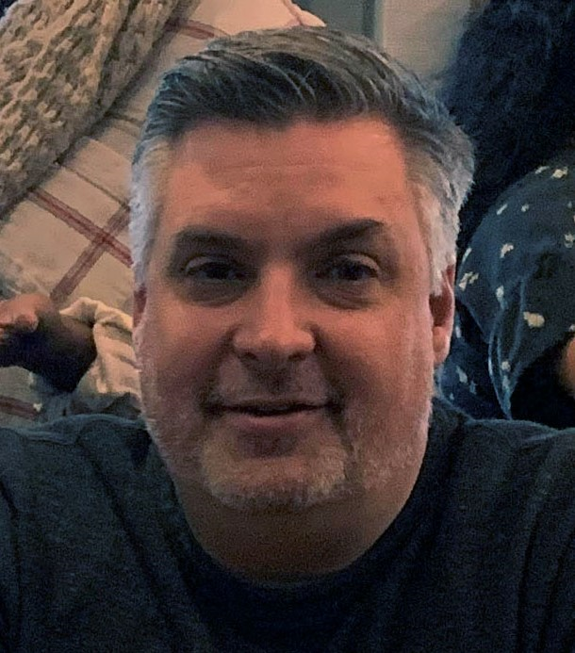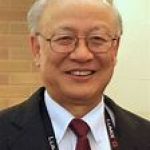About the Seminar:
Traditional transepithelial electrical resistance (TER) measurements in conjunction with molecular biology techniques are widely used to inform the present understanding of transport at tissue interfaces. These techniques, which include well-known Using chamber experiments, provide an excellent opportunity to study active ion transport and ion permeability. However, most of these measurements represent the aggregate response of thousands of transport pathways in cell membrane, which can obfuscate measurement of individual components. We have recently explored new instrumentation to perform conductance measurements at tight junctions at high spatial resolution. Conductance scanning is a powerful method in discrimination of trans- and para- cellular conductance and can provide local conductance information. By performing conductance measurements on P-SICM, several other advantages can be provided. With a topographic image obtained with SICM, detailed surface structures and relative position of different cellular pathways can be obtained. Positioning of pipet can be more precise and easier with the feedback system in SICM, and cell damages can be avoided without pipet touching the cell membrane (virtual zero). A smaller pipet (~100 nm than ~1µm) used provides a more localized method, which measures conductance in a much smaller area. Also due to the feedback mechanism and nanometer scale pipet, a smaller probe surface distance (~100 nm than ~3 µm) can be obtained with ease. Our most recent results in conductance scanning and for increasing the chemical information present in such studies will be discussed.
About the Speaker:
Lane Baker was educated at Missouri State University, Springfield, MO (BS Chem 1996) and Texas A&M University (Ph.D. 2001) working with Richard M. Crooks. He joined the group of Lloyd J. Whitman (2001) in the Surface Nanoscience and Sensor Technology Section of the Naval Research Laboratory as a National Research Council Postdoctoral Associate, conducting research on atomically resolved scanned probe microscopies. He then joined the group of Charles R. Martin (2004) at the University of Florida as a Postdoctoral Associate investigating polymeric nanopores for sensing and separations. He started as an Assistant Professor at Indiana University in the Analytical Chemistry Division (2006) and was promoted to Associate Professor with tenure in 2012. His research group is interested in three areas. (i) Transient and spatial measurement of ion concentrations with scanned probe microscopies. (ii) Electrospray from nanoscale pipettes. (iii) Electrochemistry in small domains.



